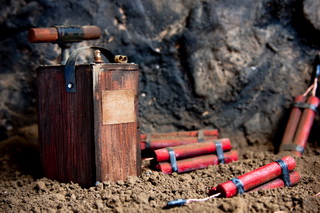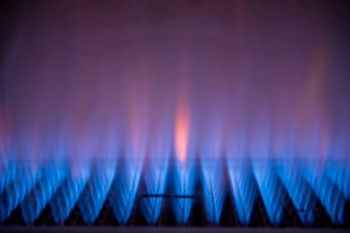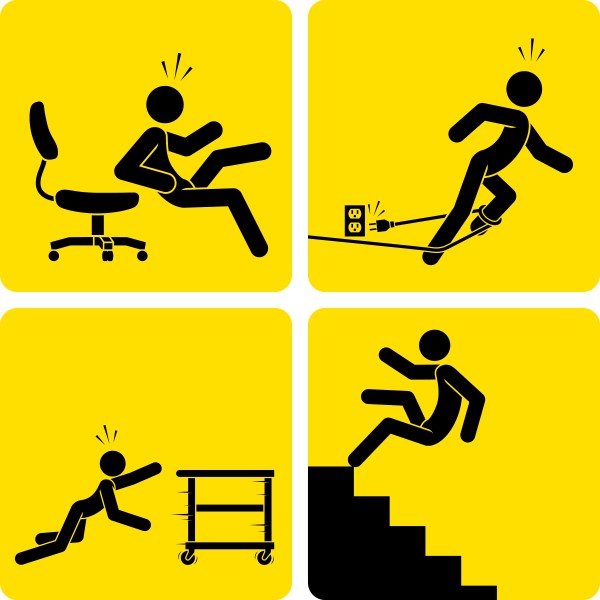Explosives are routinely used in many industries to perform functions ranging from demolition to avalanche control. No surprise, these operations can be very dangerous and when things go wrong (accidents happen), there can be many potential contributing factors such as amount and type of explosive used or fusing activation. A review of some types of commercial explosions and blasting should help claims staff and attorneys better understand how and why explosives go wrong.
Commercial rock blasting is an important tool for mining, quarrying and highway construction. Care must be taken when blasting to avoid injuring people and animals as well as inadvertent damage to buildings and structures. Blast induced ground vibrations and airborne shock waves are the two mechanisms that can potentially cause structural damage to buildings.
Blast induced ground vibrations in the vicinity of the blasting can cause damage to buildings by causing dynamic stresses that exceed the building materials strength much in the same way as in the fracturing of the rock itself. Vibration damage to buildings is dependent upon a number of factors including: type of construction, type & condition of foundation, building age, orientation of building, explosive weight per shot, frequency of the vibration, number of shots, and distance of shot from building.
Damage to buildings typically falls into three general categories:
1. Direct vibration damage to a previously undamaged building.
2. Accelerated aging. Over time buildings are damaged by settlement in the foundation. Dynamic stresses from vibrations can accelerate such damage.
3. Indirect vibration damage. In some cases, such as in older buildings, vibrations can cause settlement that can later result in damage to buildings.
When an underground blast takes place, waves are propagated similar to the waves generated when a pebble is dropped into a pond. The motion and associated velocity of the ground can be measured using a seismograph. The maximum measured velocity for a given shot is the peak particle velocity (PPV). Extensive studies correlating PPV to structural damage have been done by various organizations. Based on the U. S. Bureau of Mines (USBM) criteria, blast damage levels for a building in good condition from ground vibration for frequencies greater than 40 Hz are as follows.
PPV (in/sec) Nature of damage
2.0 Safe blasting criterion
2.8-3.3 Threshold of damage
5.4 50% probability of minor plaster damage
7.6 50% probability of major plaster damage
In addition blast induced ground vibrations; airborne shock waves can cause structural damage to buildings. Studies have shown that the most critical parts of ordinary structures to blast waves are windowpanes.
The overpressure can be measured in decibels (dBL) or in pounds per square inch (psi). An increase of 20 dBL is equivalent to an order of magnitude increase in psi. The U. S. Bureau of Mines (USBM) limit of allowable air blast is 136 dBL.
dBL=20 log P/P0 where P0 is the reference pressure of 2.9×10-9 psi
Measurement of air blast overpressure is accomplished with a sensitive pressure transducer located between the blast and the structures of concern. Prior to blasting, estimated PPV and overpressure levels should be calculated by the explosives engineer and the size of blast shot determined. Prior to the first shot, seismographs to measure PPV and transducers to measure overpressure are located in key locations. The initial shots should be well below the predicted damage thresholds. From the first shot the size of the following shots can be adjusted as necessary.
To assess how and why blast damage occurred, CED engineers do an onsite assessment of the damage, review the blast plan, review the blast data and data collection procedures, and assess the blasting practices and procedures. To find out more on how an engineering expert can help, please call us today at 800.780.4221 or visit us online at www.cedtechnologies.com.






